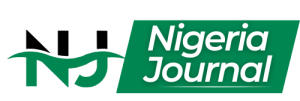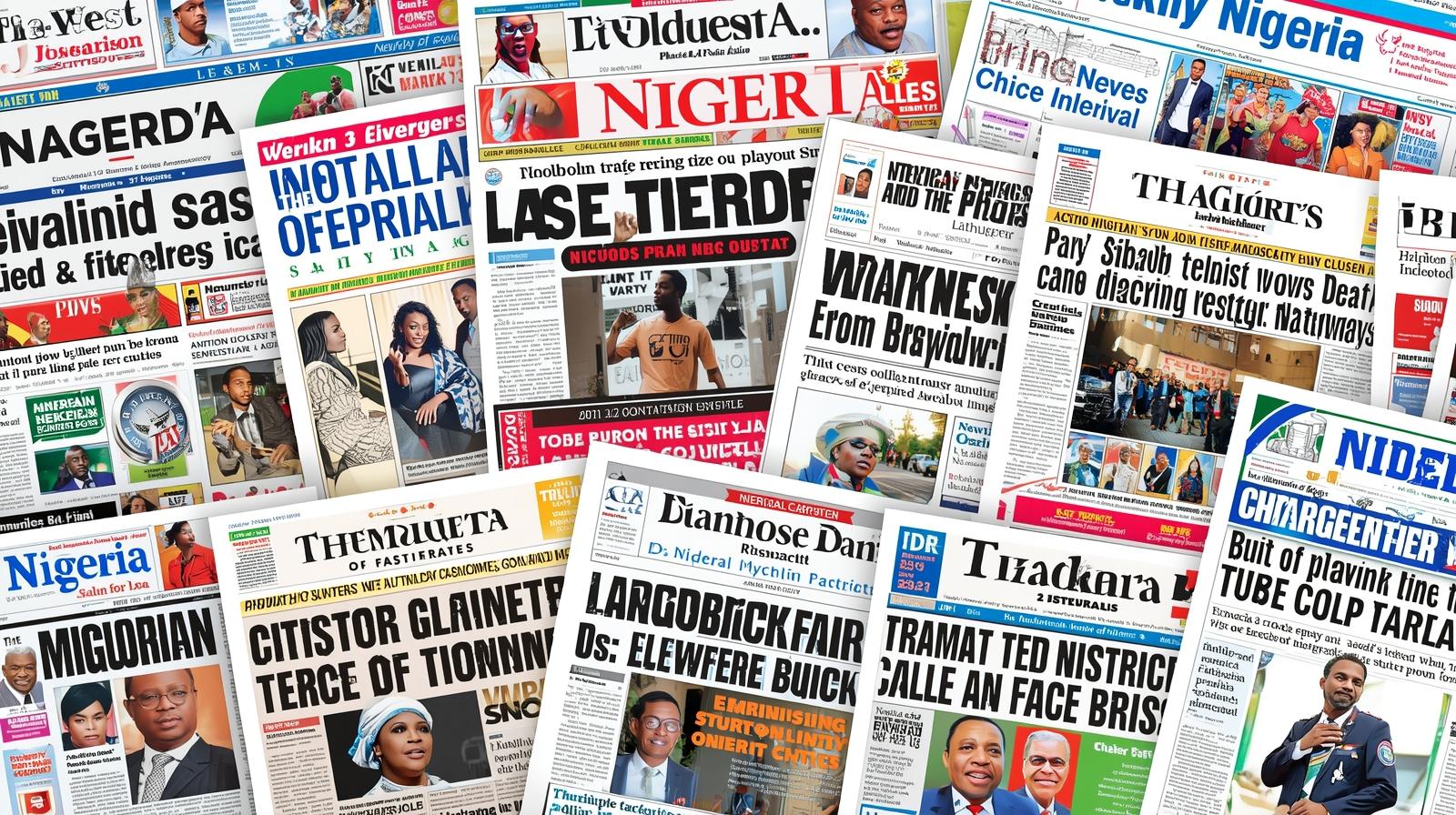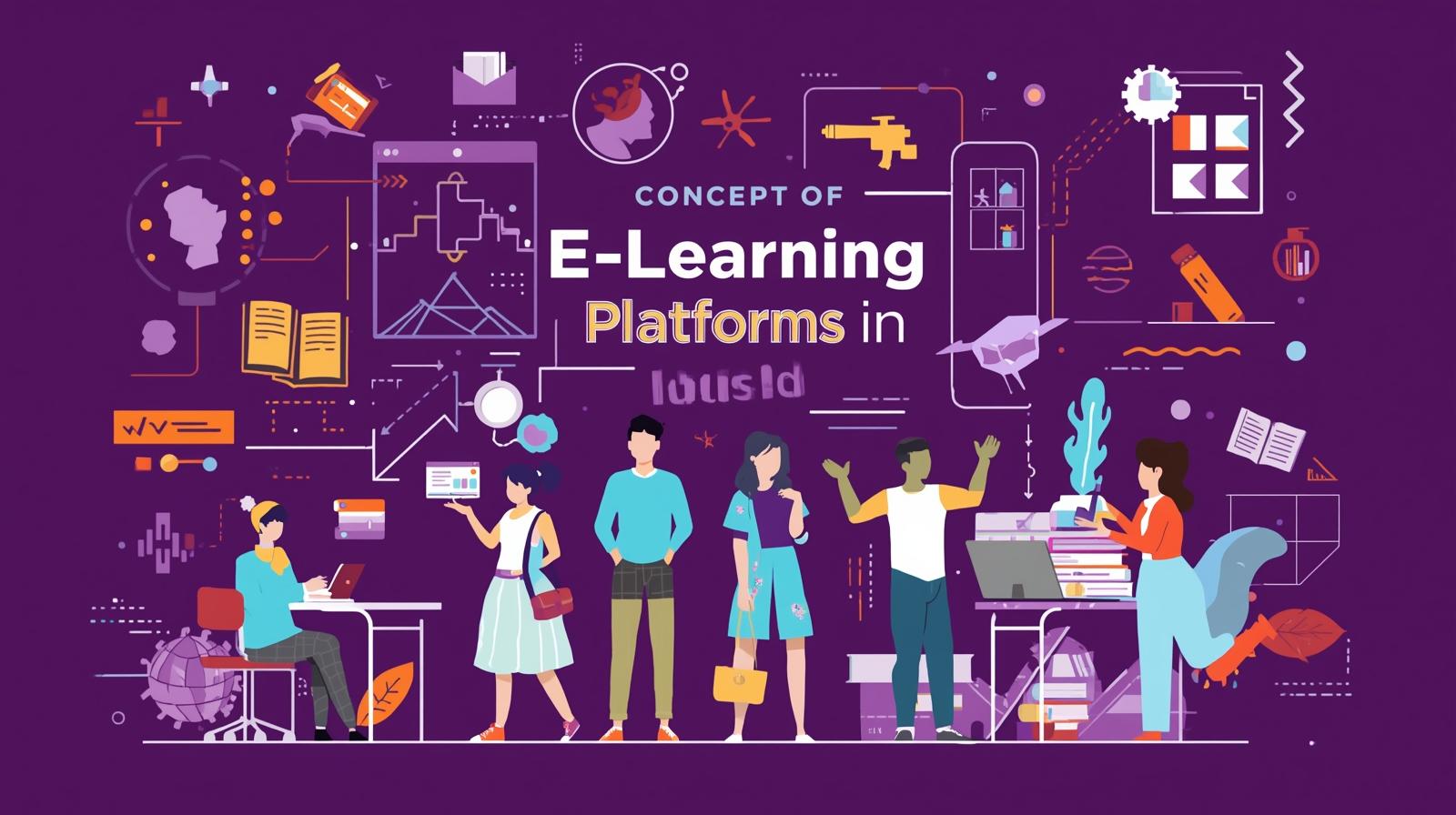Education is constantly evolving, and nowhere is this more evident than in the merging of technology and creative studies. At Nigeria Journal, we believe that one of the most pressing challenges and opportunities for modern learning lies in developing technological literacy within the framework of art education.
In Nigeria, art has always been a cultural cornerstone, preserving traditions while inspiring innovation. Today, as classrooms adopt digital tools, integrating technological literacy in art education is no longer optional but essential. It is shaping how students learn, create, and express themselves in a world increasingly driven by technology.
Understanding Technological Literacy in Art Education
Technological literacy in art education refers to the ability of students and educators to effectively use digital tools, platforms, and resources to create, teach, and appreciate art. It involves both technical skills and critical thinking, ensuring that learners understand not just how to use technology, but also how it influences creativity, cultural expression, and artistic innovation.
Why Technological Literacy Matters in Nigeria’s Art Classrooms
Bridging the Gap Between Tradition and Innovation
Nigeria’s art education is deeply rooted in cultural heritage. With technology, students can merge traditional practices like sculpture, painting, and textile design with digital platforms such as 3D modeling and animation. This ensures heritage is preserved while opening doors to contemporary creativity.
Enhancing Student Engagement
Digital platforms make art education interactive. From virtual galleries to digital sketchpads, students engage with art in immersive ways, encouraging participation and enthusiasm.
Preparing Learners for Global Opportunities
Artists in Nigeria who understand digital tools can compete in global markets. Technological literacy helps them create works suitable for online exhibitions, digital sales, and international collaborations.
Tools Transforming Art Education in Nigeria
| Tool Type | Examples and Uses |
| Digital Drawing Tools | Tablets, stylus pens, creative apps for sketching |
| Design Software | Photoshop, CorelDraw, Illustrator for digital art |
| 3D Modelling Tools | Blender, AutoDesk for sculpture and animation |
| Virtual Platforms | Online galleries, NFT marketplaces |
| E-Learning Resources | Video tutorials, virtual classrooms, webinars |
These tools are redefining how art is taught and practiced, helping Nigerian students gain exposure to modern design trends and global standards.
Challenges Facing Technological Literacy in Nigeria’s Art Education
Limited Access to Digital Infrastructure
Many schools in Nigeria still lack access to reliable internet, computers, or tablets. This limits the ability of students and educators to fully embrace digital art tools.
Lack of Trained Educators
Teachers themselves often need training in technological tools. Without proper skills, it becomes difficult to integrate technology effectively in art lessons.
High Cost of Technology
Digital devices and software licenses remain expensive for many institutions and individuals, creating barriers to adoption.
Cultural Resistance
Some stakeholders view digital tools as a threat to traditional art forms, rather than an opportunity to complement and enhance them.
Strategies for Building Technological Literacy in Art Education
Curriculum Integration
Art curricula should include digital literacy as a core element, combining practical art with digital skills.
Teacher Training Programs
Workshops and training initiatives are vital to empower educators with the confidence to use digital art tools.
Public and Private Partnerships
Collaborations between government, tech companies, and educational institutions can bridge funding and infrastructure gaps.
Community Outreach
Encouraging parents, artists, and local communities to support digital initiatives helps ensure sustainability and acceptance.
Benefits of Technological Literacy for Nigerian Art Students
Creative Freedom
Digital platforms expand creative possibilities, allowing students to experiment without the limits of physical materials.
Career Opportunities
From graphic design and animation to NFT art and game design, digital literacy creates diverse career pathways.
Global Visibility
Online platforms allow Nigerian artists to showcase work to international audiences, fostering cross-cultural exchange.
Preservation of Cultural Heritage
Digital archives ensure that Nigeria’s traditional art forms are documented and shared worldwide.
Real-World Examples of Technology in Nigerian Art
Digital Exhibitions
Art galleries in Nigeria are increasingly using online platforms to showcase exhibitions, making them accessible to audiences beyond geographical boundaries.
Animation and Film
Young Nigerian creatives are exploring 2D and 3D animation, producing films and short features that are gaining recognition both locally and globally.
NFTs and Blockchain Art
Emerging artists are experimenting with NFTs to sell digital artworks, tapping into new markets and innovative revenue streams.
Comparing Traditional Art Education and Technological Literacy
| Aspect | Traditional Approach | Technology-Enhanced Approach |
| Learning Tools | Paints, brushes, clay | Tablets, software, VR tools |
| Audience Reach | Local exhibitions | Global online platforms |
| Preservation | Physical storage | Digital archives |
| Career Pathways | Limited to local markets | Global opportunities |
Steps to Encourage Technological Literacy in Nigerian Schools
Awareness Creation
Schools and educators need to emphasise the importance of technology in art, shifting perceptions toward digital acceptance.
Affordable Access
Developing cost-effective strategies such as shared computer labs and open-source software helps make technology more accessible.
Continuous Learning
Both students and teachers should adopt a mindset of ongoing learning, adapting to evolving digital tools and platforms.
Frequently Asked Questions
What is technological literacy in art education?
It is the ability to use digital tools and platforms effectively to create, teach, and appreciate art.
Why is it important in Nigeria?
It helps students merge traditional art with modern innovation, preparing them for global opportunities.
What tools are commonly used in Nigerian classrooms?
Digital tablets, design software, online galleries, and e-learning resources are increasingly common.
What challenges are faced in adopting digital literacy?
Limited infrastructure, high costs, lack of training, and cultural resistance are major obstacles.
How can Nigerian schools improve technological literacy?
Through curriculum reform, teacher training, partnerships, and affordable access strategies.
Conclusion
At Nigeria Journal, we see technological literacy in art education as a transformative force. It empowers Nigerian students to combine cultural heritage with modern innovation, ensuring that art remains relevant, accessible, and globally competitive. While challenges like infrastructure and cost remain, the benefits of digital integration far outweigh the obstacles. With collective effort, Nigeria’s art education system can embrace technology fully, nurturing a generation of artists who are both rooted in tradition and fluent in the digital language of the future.








